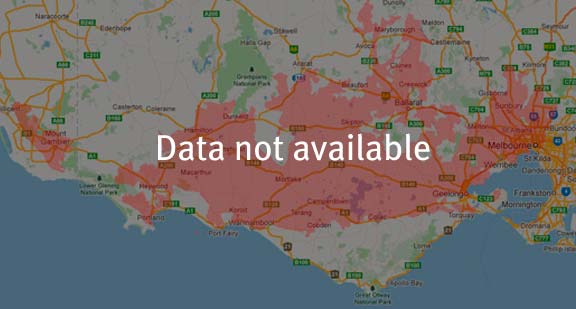A range of teacher professional learning programs will be developed to accompany the Biodiversity of the Western Volcanic Plains online outreach...

Badge Huntsman
Neosparassus diana
Nocturnal. Builds a silky retreat under bark for moulting and laying eggs. The egg sac is a flattish silken capsule which is aggressively guarded by the female.
| Details | Description |
| Type | Invertebrate |
| Group | Arachnid - Spider |
| Former Scientific Name | Heteropoda diana |
| Identifying Characteristics | |
| Distinctive Markings | The first two pairs of legs are much longer than the hind pairs. A dark triangular patch (hence the name 'badge') is found on the underside of the abdomen. |
| Diet | Carnivore. |
| Habitat | Hunts for prey on trunks of trees and in foliage. Hides under bark during the day. |
| Native Status | Native to Australia |
| Bites/Sting | No serious symptoms recorded from the bite of this species. |
| Taxonomy | |
| Phylum | Arthropoda |
| Class | Arachnida |
| Order | Araneae |
| Family | Sparassidae |
| Genus | Neosparassus |
| Species | diana |

Distribution maps indicate current and historic locations where species have been sighted.
Source: Atlas of Living Australia
| Conservation Status | |
| DEPI Advisory List | Not listed |
| FFG Act | Not listed |
| EPBC Act | Not listed |
The conservation status of species is listed within Victoria and Australia.
The Department of Environment and Primary Industry (DEPI) Advisory List consists of non-statutory advisory lists of rare or threatened flora and fauna within Victoria.
The Flora and Fauna Guarantee Act 1988 (FFG Act) lists threatened species in Victoria. Under the Act, an Action Statement is produced for each listed species.
The Environment Protection and Biodiversity Conservation Act 1999 (EPBC Act) is the Australian Government’s key piece of environmental legislation, listing nationally threatened native species and ecological communities.



